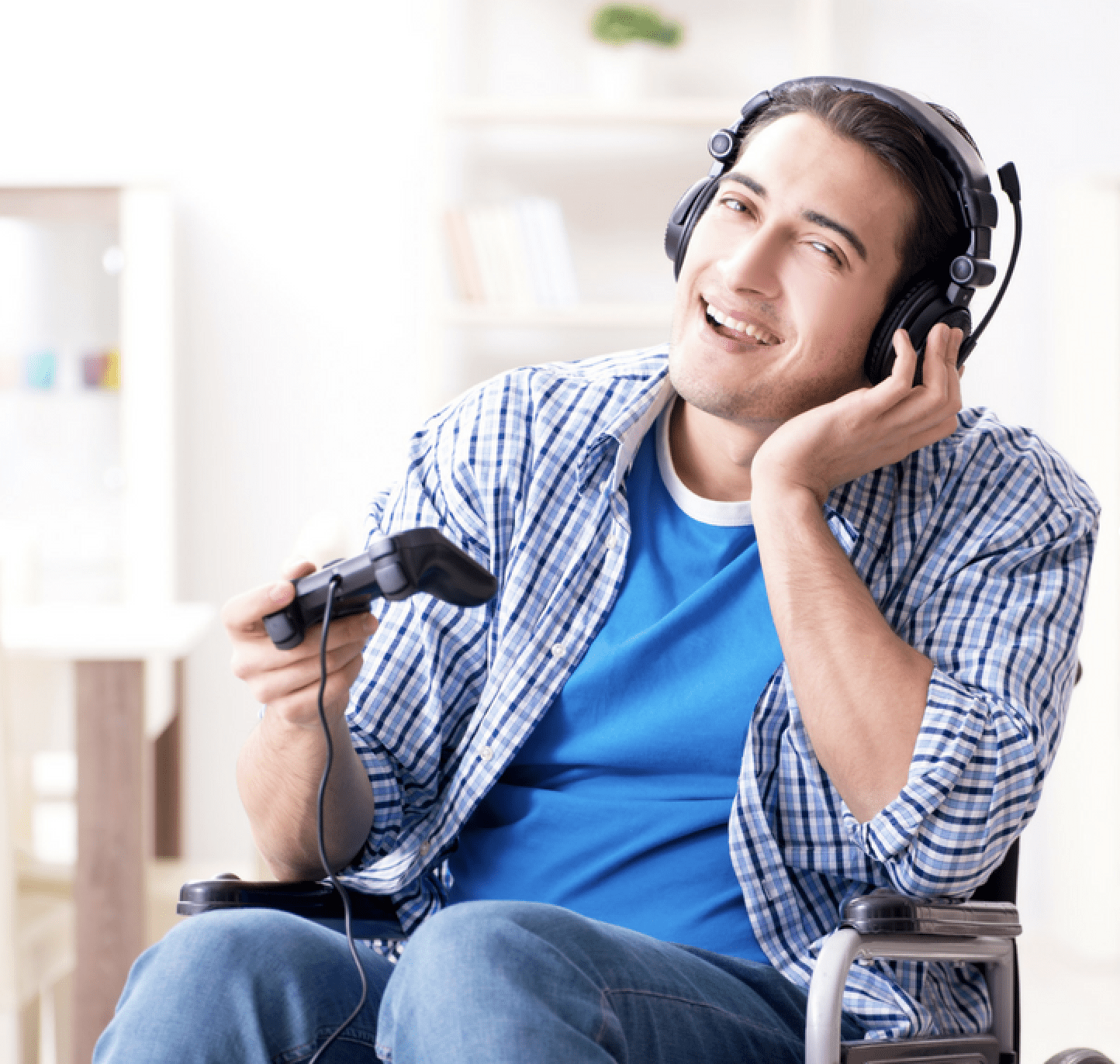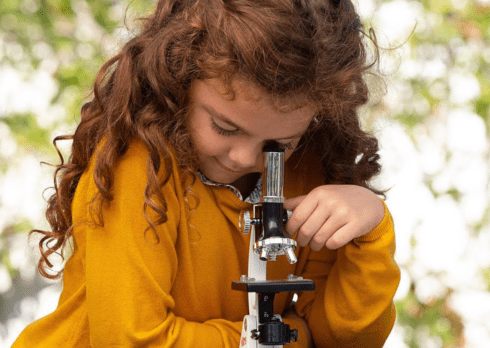
Is Technology Hurting or Helping Our Teens?
Mobile technology makes life easier for everyone, including teenagers who rely on high-speed Internet connections to finish their homework, connect with their peers, and express themselves. However, with great convenience comes great risk. New dangers to teenagers are evolving just as quickly as the technology they use. In fact, some of the most dangerous ways to use smartphones and computers – like texting and driving, and sharing revealing information – are especially tempting for adolescents. After all, teens are still maturing and learning how to drive, communicate, and express themselves, all of which are hard enough without throwing pocket-size computers into the mix. Today’s guess post presents the question, is technology hurting or helping our teens? Read on to learn more about how you can help your teen better navigate today’s digital world.
This is a sponsored guest post.

Here are some of the most dangerous consequences of teenage technology use. These hazardous habits and behaviors are only possible because of mobile technology, but the solution may include mobile devices too.
Texting While Driving
Texting and driving now kills more teenagers than any other hazard, including drinking and driving. And unlike driving under the influence, this trend keeps growing every year, even in states that specifically ban it. Unfortunately, this isn’t a huge surprise. Cell phone use is highest among 16-to-24-year-olds, after all, while traffic accidents are the leading cause of death for teens.
No one would drive with their eyes closed, but far too many teens are fine with taking their eyes off the road to look at their phones. If teen drivers lose control or encounter an obstacle while they’re focused on a device, they might as well have their eyes closed. In fact, in the five seconds it takes to read or send a text message on the highway, they could blindly travel the length of a whole football field.
These texting and driving accident statistics are sobering, but the National Highway Traffic Safety Administration (NHTSA) encourages parents to take advantage of apps and safety features that minimize this risk. For example, Life360 analyzes driving patterns and generates a weekly report, which includes potentially unsafe actions like using the phone while driving. It also detects crashes immediately and calls emergency responders, and family members can set up automatic notifications to let each other know when they leave and arrive.
Sharing Identifying Info on Social Media
If you’re like many modern parents, your teenager’s first cell phone wasn’t a high-tech toy; it was a way for you to keep track of them. Unfortunately, some teens now use their phones to grant the same ability to whole networks of people, from peers they don’t know very well to total strangers with sinister motives. Does your teen use social media to broadcast their current location? You may not know until you ask.
For example, Snapchat introduced a risky new feature in 2017: the Snap Map. This virtual map shows the current locations of every Snapchat friend who agrees to it, and it updates in real time, keeping teens aware of each other’s movements. However, it’s all too easy to share locations with the wrong people. If your teen’s profile is not set to private – or they have ever accepted a friend request from someone they don’t know – then predators could potentially use this feature to make quick work of tracking them down.
Cyberbullying and Online Harassment
Of course, other teenagers might be one of the biggest threats to your child’s wellbeing. When bullied teenagers go home with their smartphones, the bullying comes with them. Cyberbullying is a form of harassment that often coincides with bullying at school, but it can get more vicious and affect students’ sense of safety and ability to learn. Intentional, repeated online harassment may look different for every victim, but it’s always an attempt to demean or discredit the victim.
For example, social media makes it easier to share information and opinions, but that means cyberbullies can spread false rumors like wildfire too. If your teen has a social media presence, make sure they understand that you want to hear about every mean comment and unwanted message. Bullies want to get reactions from their targets, but you can help your teen make smart choices like refusing to engage and keeping records of all harassment.

Leaving a Record of Incriminating Behavior
Today’s teens are growing up behind the lenses of smartphones, and documenting every detail is second-nature for them. Of course, some youthful mistakes shouldn’t be preserved for posterity, and your teen could be documenting criminal or questionable behaviors with their photos, videos, and other posts. This particular danger may not be apparent right away, but if it does come up, it will affect your child’s future opportunities.
College admissions counselors and hiring managers know how to use search engines and social media, and they take online identities into account when they decide who should join their team. Make sure your teen understands the consequences of posting incriminating information online.
Struggling with Self-Image and Social Skills
Technology warps two of the skills teens need the most: self-confidence and social confidence. As teens scroll through edited photos of peers and celebrities (and see themselves through flattering social media filters), they may have trouble accepting their own faces and bodies as normal or attractive. And if they do all their communication online, it could warp their developing social skills and sense of empathy.
Words on a screen don’t include tone changes, facial expressions, posture, or any other cues that help us relate to one another as human beings. In fact, one University of Illinois study found a link between online “escapism” and anxiety and depression, suggesting that teenagers who turn to their devices for emotional relief may end up more alienated instead.

How will you keep your teen safe from the hazards of technology? Start by arming them with information about their risks, from distracted driving to stalking, bullying, and worse. Together, you can learn the safest and smartest ways to stay connected in this brave new world of mobile technology.
Guest Post by Howard Raphaelson

Howard Raphaelson has more than twenty-five years of experience in personal injury litigation and over $500 Million earned for his clients, at Raphaelson & Levine Law Firm our car accident lawyers have helped thousands of individuals move forward after a car accident. If you, or a loved one, have been injured in a car accident in the Bronx, Brooklyn, Manhattan, Queens, or Staten Island call 212-268-3222 or contact us online today for a free lawyer consultation.
You May Also Like

How to Overcome the Struggles of Teaching Kids Math
December 13, 2017
5 Gadgets Helping Those With Disabilities Enjoy Their Lives
May 2, 2018



